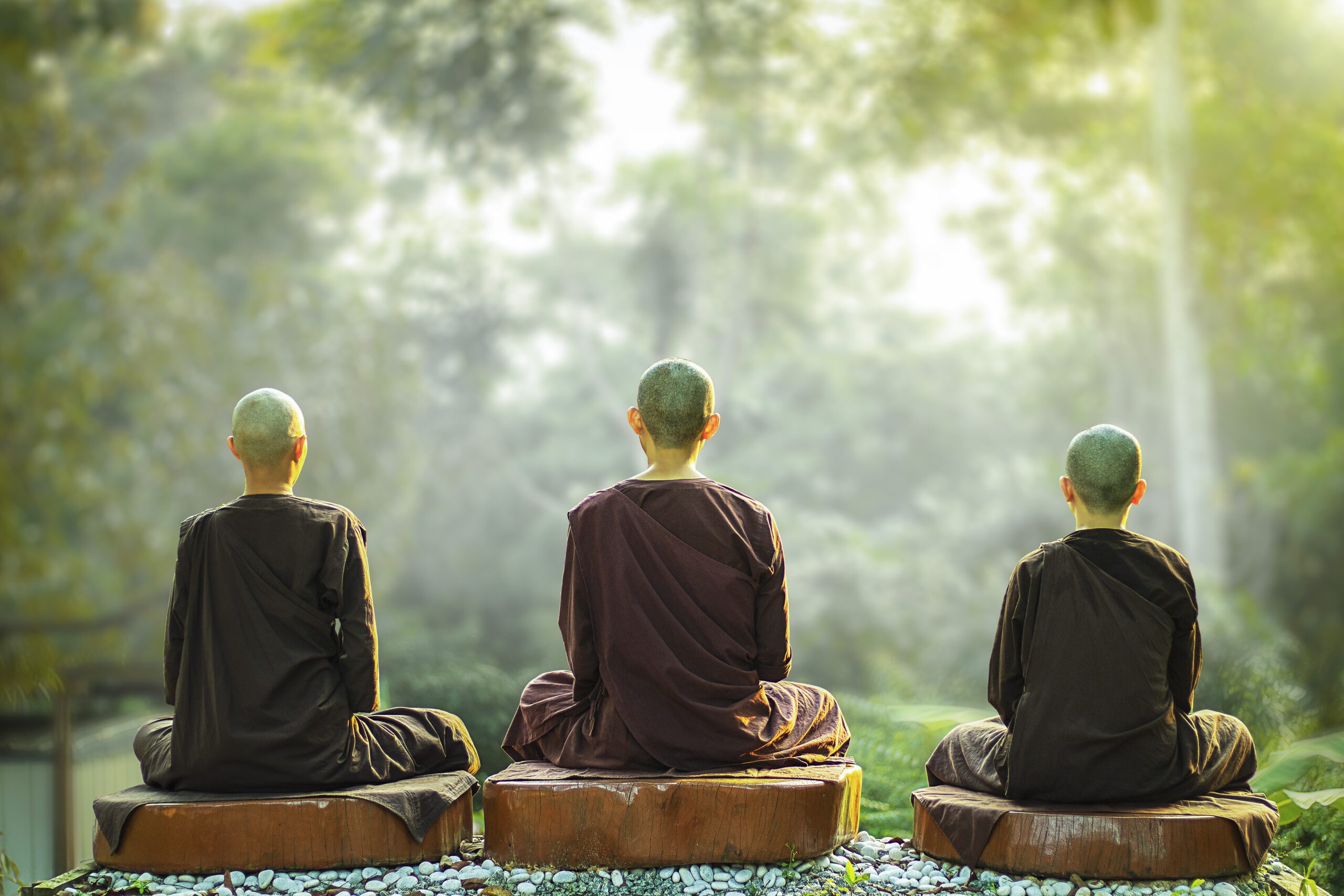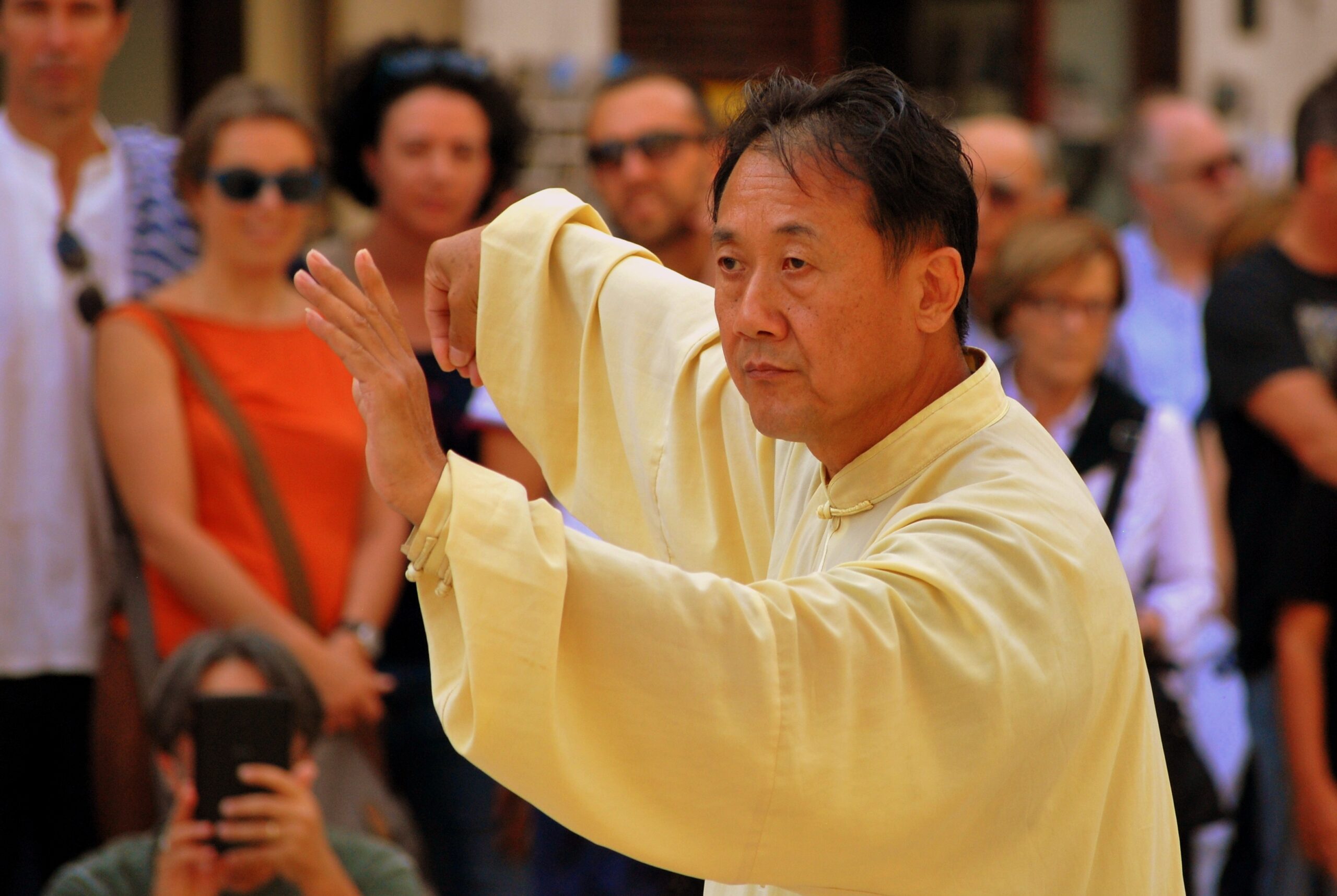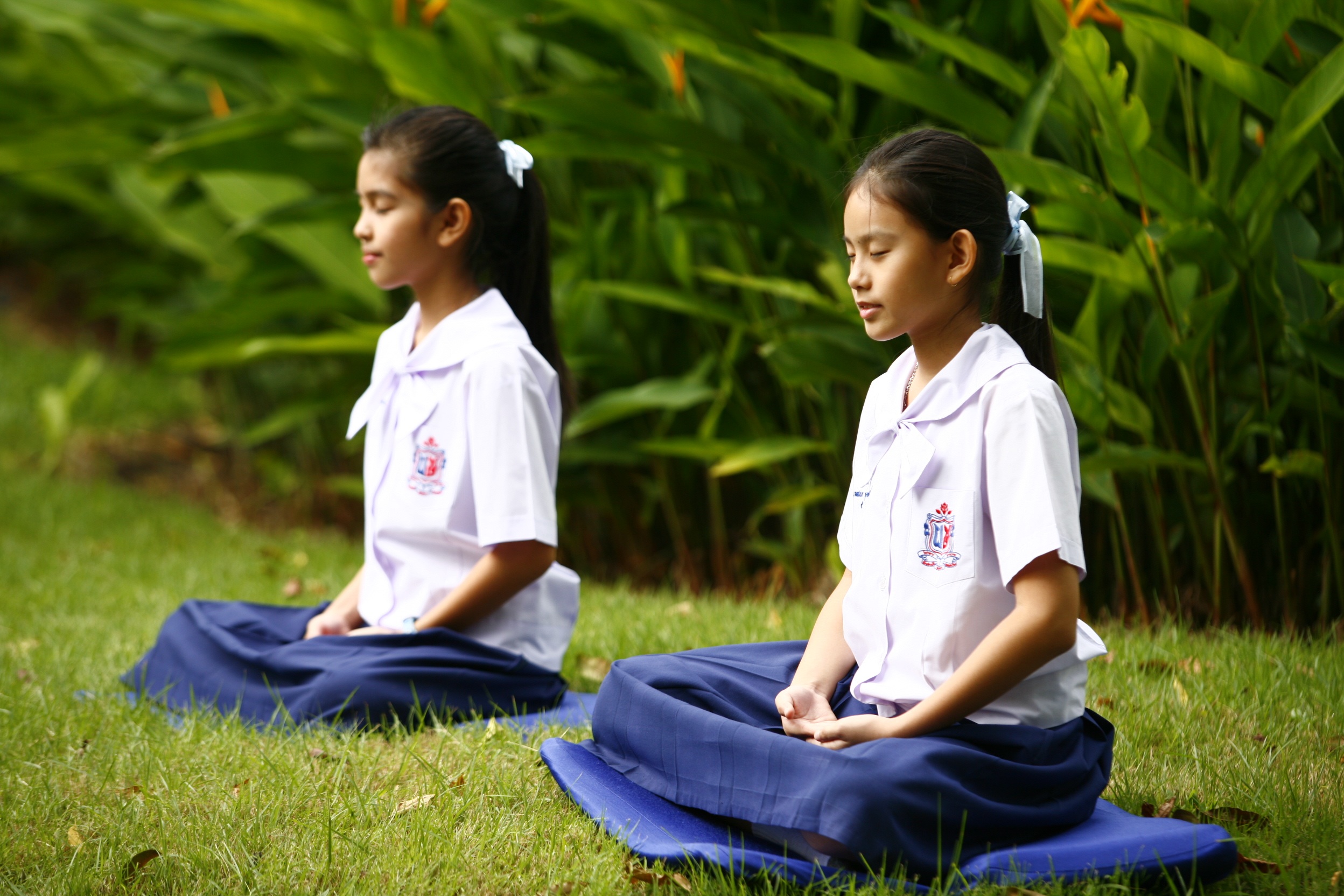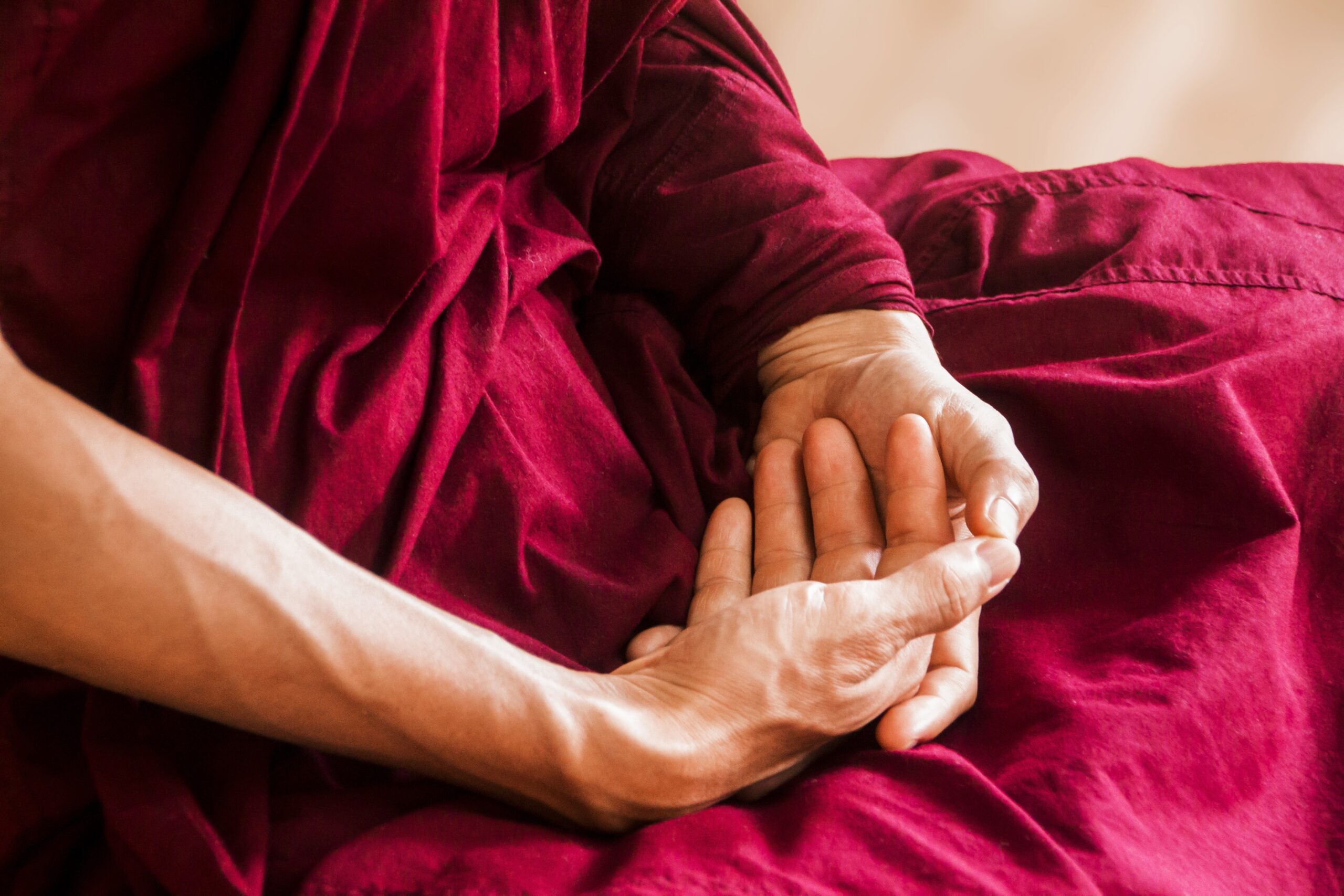Tension: Qigong Meter For Wrongness
Generally, tension is an indicator that something is wrong: either you are engaging in the incorrect practice of tai chi qigong, or the toxins flushed out of your system is overwhelming your system and causing you discomfort.
Always listen to your body when practicing any meditative or yogic exercise. Tai chi qigong teaches biofeedback and sensitivity to physical sensations. If you are experiencing pain or discomfort during qigong practice, then most likely, it is because you are not in proper alignment.
If you experience pressure or soreness in the chest, for example, you may be practicing your breathing incorrectly. If you feel pain in the back, your posture may be wrong. Tension in the shoulders indicate the muscles are not relaxed. And soreness in muscles indicate you are straining when you should be relaxed.
Back & Shoulders
If your back is properly aligned, such that your spine is straight, the tailbone tucked in, and the kua is indented, so that the legs take on most of the weight off your shoulders and vertebrae, then you should not experience back pain. In fact, it should even correct previous back injuries and chronic back pain.
Any soreness in back and shoulders would be due to poorly aligned posture. Qigong rooting and stances should rectify back and shoulder tension. Be sure to hang your vertebrae down to form a plumb line perpendicular to the floor and parallel to your front torso. Also, relax the thigh muscles so that the back of your legs should shake like jelly when you pat them.
For more information on correct posture, please see the following pages:
Qigong Horse Stance
Qigong Bow Stance
Qigong Empty Stance
Correctly Aligned Posture, an Integral Component to Traditional Practice
To maintain proper postural alignment and stances in combination with movement and transitioning of stances, beginning students should practice the Tai Chi Walk on a daily basis.
Muscle Kinks, Soreness
Any tense or overused muscle can become sore. Always do warm-up exercises such as Tai Chi Qigong Warm-Up Exercises or the Tai Chi Loosening Exercises to loosen up the muscles before engaging in any strenuous activity. Then do stretching exercises to prevent lactic acid build-up at the conclusion of your exercise.
So-called kinks or knots in muscles where specific areas become tender to the touch are usually due to what we call chi sai or energy blocks. Toxins accumulating in the body can inhibit the circulation of chi, causing it to flow sluggishly.
Pain in these areas indicate toxin buildup just like plaque buildup in arteries. Generally, these will disappear on their own, but sometimes, when blockages are too severe, acupressure massage can help to remove stubborn blockages and ease tension.
Most tai chi qigong practitioners will experience at least one major blockage, especially when they advance to higher levels of training.
At higher levels of development, they have built up a large amount of chi energy, but at the same time, detoxification caused by the buildup of chi flushing out the toxins, can inhibit the flow.
As pressure builds, areas with the biggest energy blocks become very tender, creating muscle kinks and tension.
If the vital chi is developed strongly enough along with the yi, then the experienced practitioner can use their yi to push the well-developed chi to work through the blockage. However, if either the yi or the chi is not developed enough, cleansing herbs and acupressure massage are the best alternative.
Pressure Points
Extreme tenderness when pressure is applied to specific pressure points indicate health problems that can be remedied by massaging those tender points. Generally, pressure points are slightly tender when pressure is applied, but increased sensitivity will occur if there are ailments responding to the massage of those points.
Massage with steady pressure in a circular motion with the thumb for no more than three to five minutes per sitting. If the pain continues, release pressure for a few seconds, then massage again. Continue to massage and release until sensitivity is reduced.
heart conditions or other ailments and conditions, it
is best to consult a practitioner versed in Chinese
medicine before applying any form of acupressure.
Diaphragm, Midsection
Pain or tension in the midsection can be due to over-exercising the diaphragmatic muscle. If you are practicing diaphragmatic breathing for the first time, you may not be accustomed to exercising this muscle. If you find yourself tiring after a few minutes of deep breathing, take a break before practicing again.
If you are generally a shallow chest breather by habit, then yogic breathing can be hard work! Be sure to ease into the practice slowly, until your body becomes accustomed to it.
Another reason for the pain can be due to posture. If you are used to slouching, excess chi can build up in the midsection. Poor posture will inhibit circulation, causing certain muscles to constrict and the chi to pool in the midsection.
If you are employing incorrect breathing, you can also cause the chi energy to circulate incorrectly as well, also causing tension or discomfort.
In either case, correct your posture and your breathing, and the pain will gradually disappear.
Bai Hui & Yong Quan Points
We tap heavenly or yang chi from the Bai Hui point and rooting energy from the Bubbling Spring points. When either type of energy becomes very strong, they can cause tenderness to these points.
When the vital chi flows too strongly, regulate it with your yi to remove the pain or lessen the pressure from these points. If your yi is not sufficiently developed to regulate the flow, then massaging these points can also provide temporary relief.
On the other hand, too much tension in the muscles or posture will inhibit circulation of the chi. Always keep joints and muscles loose and relaxed, the posture properly aligned, and the mind detached.
- Energy Vampires & Negative Qigong: How to Defend Against Them
- Qigong Energy Healing: Essential Considerations for Healing Oneself & Others
- Return to Positive & Negative Side Effects of Tai Chi Qigong Practice
- What to Look For in a Good Master/Instructor
- Key Components of Tai Chi Qigong
- Applying Chi Kung to Specific Needs
- Your Very Own Personalized Training Program
- Positive Thinking Alone Will NOT Bring You Success
- Contact Me: Your Free Personal Guide & Online Support System
- Beginning, Intermediate & Advance eCourses & Vision Therapy Programs
- Invaluable Thank You Gifts in Appreciation for Your Support
- Did You Find This Information Helpful? Please Share My Site!
- Return From Tension & Discomfort to Home Page




